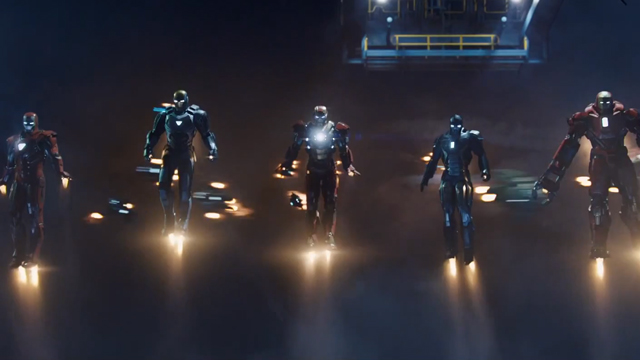(In anticipation of Avengers: Endgame’s impending release, we’re taking a look back at the entire MCU, entry by entry. Our goal with this retrospective is to trace the footsteps of Marvel Studios. In doing so, to understand the decisions that were made along the way to becoming a Hollywood powerhouse.)
Third Time, No Charm
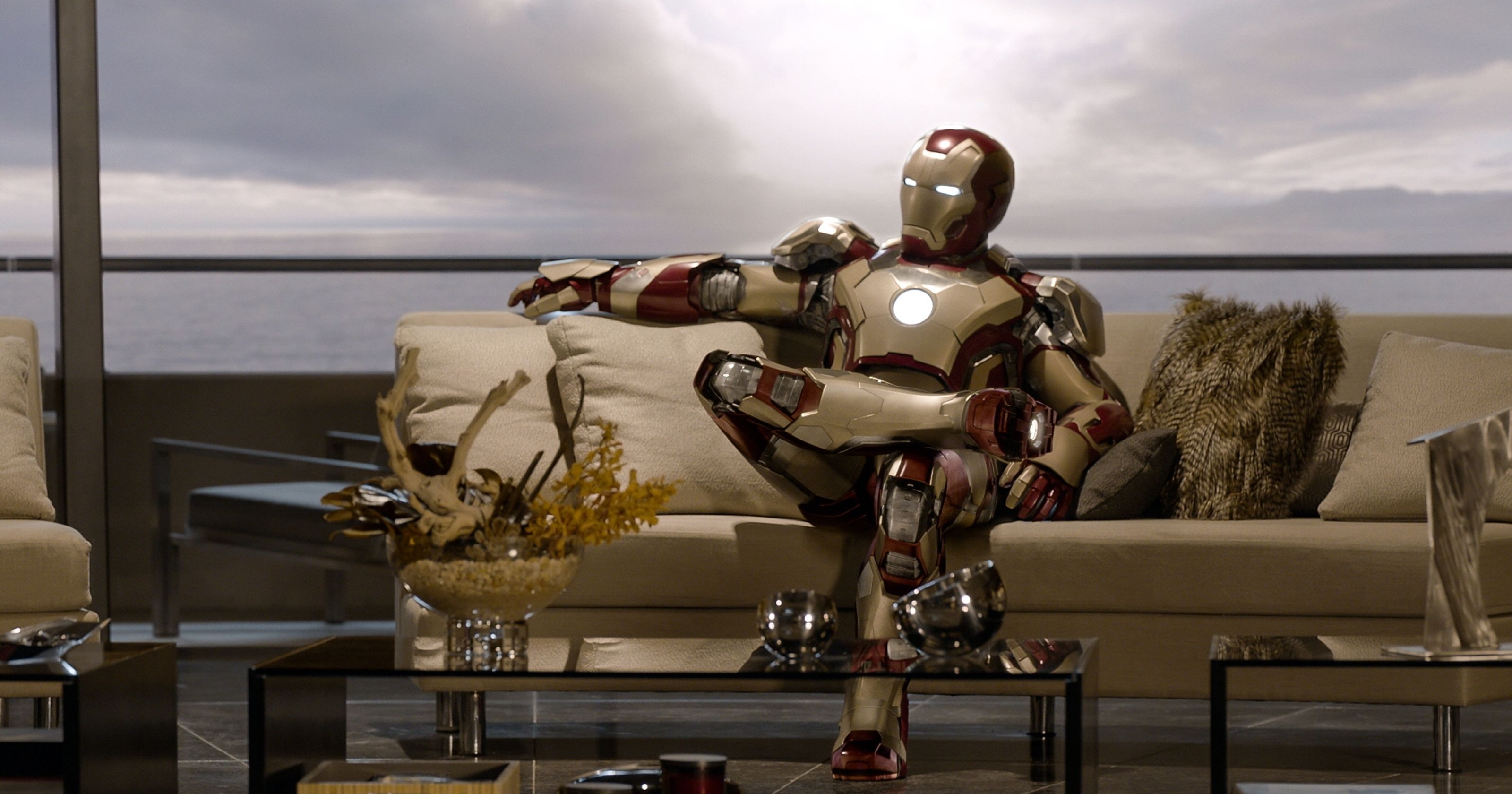
As the first film in the MCU after the unprecedented success of The Avengers, Iron Man 3 had massive shoes to fill. Not only did the movie have to serve as the culmination of the first two films, but it also had to function as a quasi-sequel to its immediate predecessor. While certainly an improvement over Iron Man 2, the film mostly disappoints fans because it failed in delivering as such. It’s not that Marvel Studios’ first threequel is a bad film. In actuality, it’s a pretty decent Shane Black film. But it manages to utterly fall flat as an MCU movie, because it feels so far removed from continuity. Of both the comics and the previous movies.
In the past, Marvel had always done an excellent job of translating their characters and stories without ever deviating too far from the source material. With Iron Man 3, however, they did exactly that, much to the chagrin of fans of the particular storyline they were adapting. Out of all the entries in the MCU to date, Iron Man 3 remains one of the most controversial. But how did the conclusion to one of the MCU’s most important franchises manage to draw the ire of fans?
Stark Differences
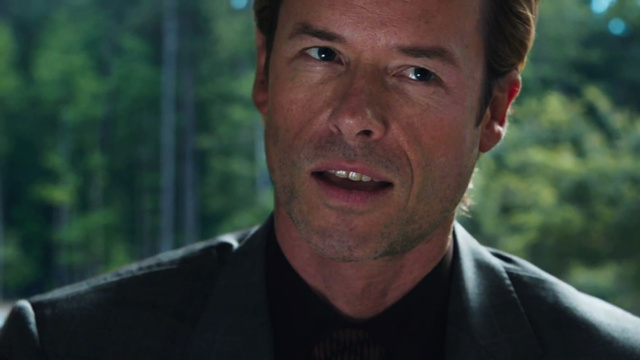
Although the moderate financial success of Iron Man 2 in 2010 ensured a sequel, a bit of bureaucracy initially cast doubts about its timing. As part of Marvel’s initial deal with Paramount, the studio handled distribution of both The Avengers and Iron Man 3. When Disney bought Marvel’s assets in late 2009, however, letting all that box-office cheddar go wasn’t an option. This put Marvel Studios in a bit of a nebulous position in terms of where it would fit, because Paramount refused to budge at first. Ultimately, the dueling studios reached an agreement where Disney would essentially buy out Paramount’s stake in the film’s box office profits. The latter eventually received a hefty $115 Million payday upfront for worldwide distribution rights. Iron Man 3 was slotted for a May 2013 release.
Now that Disney had secured distribution rights to Iron Man 3, the discussion turned to Jon Favreau’s return. While Favreau initially expressed interest in directing The Avengers and Iron Man 3, his experience making Iron Man 2 was less than pleasurable. The filmmaker wanted to tell a different story than the one that we got in the Stark sequel, which turned into a giant infomercial for The Avengers. As a result, both Favreau and Downey were displeased with the studio’s interference.
In the Black
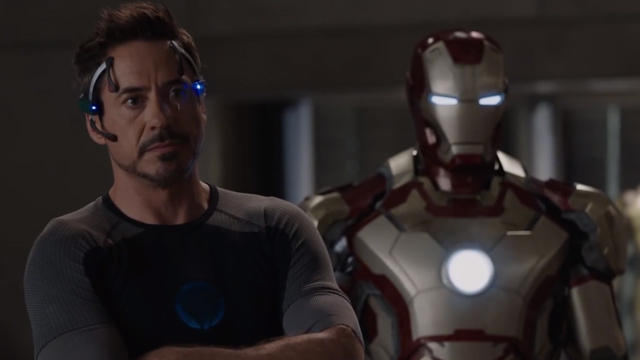
Interestingly, Marvel felt the same way. The negotiations between Favreau and the studio for Iron Man 2 were no easy task, and the studio ended up coughing up significantly more money. So when it came to The Avengers, Marvel simply didn’t want to pay a hefty fee for his involvement. Especially when Joss Whedon would cost less. As we’ve already established, Marvel adopted an approach of seeking out cheaper talent both in front of and behind the camera. So bringing Favreau back for the threequel wasn’t really an option for either party. Consequently, Downey took it upon himself to personally select another close collaborator. This theoretically ensured that Iron Man 3 wouldn’t fall into the same trap as its predecessor.
In early 2011, Shane Black was hired to write and direct the film. Screenwriter Drew Pierce was also brought on board shortly thereafter. This move surprised many fans, considering Black’s writing prowess with classic action comedies like Lethal Weapon. The probable reality is that Black had to focus on the exigencies of production. This would make writing the film in time for its production window nearly impossible by himself. When Marvel hired Black and Pierce, however, they really didn’t really know where to take the sequel. According to Black, there were only a few elements that the studio had requested be in the movie upfront.
Toying Around

First, they wanted Tony back in a metaphorical position of the being in the cave. Then, the studio desired (not a mandate) to incorporate the Mandarin somehow. Considering Marvel’s history of being hands-on in development, letting Black and Pierce essentially have free reign was a highly unusual move. The writing duo eventually selected Warren Ellis’ Extremis storyline from the comics, penning a fairly faithful adaptation originally. The initial draft of Iron Man 3 featured Rebecca Hall’s Maya Hansen as the primary antagonist. But after completing the script, Black and Pierce received a surprising note. Apparently, a “no-holds barred” memo from Marvel corporate said they had changed their minds about the villain. The reason? Marvel executives felt that a toy of the film’s villain wouldn’t sell as well if it were female.
Black makes a point to note that Kevin Feige didn’t make that call, implying that Ike Perlmutter issued the mandate. As a result, the scribes cut down Hansen and several other female roles in the script. Mandarin and Aldrich Killian only became the villains later in the writing process. During one of these rewrite sessions, it was Pierce who suggested that Mandarin be a fake. The idea was that in the super-grounded, tech-based world of Tony Stark, it was nearly impossible to introduce a magic-based foe.
The end result was a major change to a classic Iron Man villain. It ultimately painted Guy Pearce’s Killian as the man behind the moniker of the Mandarin.
Not-Clever Trevor
Black and Pierce didn’t anticipate the backlash from this change. Nor did Marvel. It became something that would prove to be a sticking point for hardcore fans. So much so that Marvel commissioned a one-shot short film that essentially retcons this decision.
Admittedly, a traditional interpretation of the Mandarin poses a challenge. The character plays as a bit of a dated stereotype, and the Ten Rings weren’t really developed enough to work. In Iron Man 3, however, nobody attempted to retain any semblance of him. There’s a difference between modernizing a character while still retaining their essence, and completely changing what defines who they are both physically and thematically.
Moreover, the Trevor Slattery reveal at the film’s midpoint isn’t really even the problem. For some inexplicable reason, Killian describes himself as the Mandarin by the end of the film. A silly moment further falls flat because Killian himself is a poorly developed character with no gravitas or logic behind his actions. It’s a shame, really, because Ben Kingsley’s performance in the film comes across as phenomenally disconcerting. The first half of the film makes such a good set-up that when it’s revealed that he’s only an actor, the movie makes a weird tonal shift. It never really quite lives up to what was promised in the first place.
Ends and Means
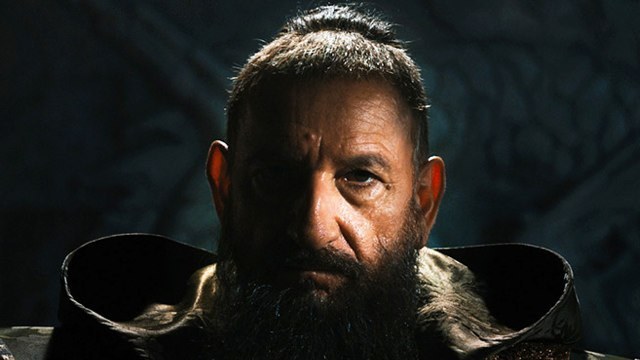
The change itself isn’t necessarily the issue. Rather, the fact that Marvel Studios allowed Black and Pierce to deviate so heavily from the source material. For all that the film does, Iron Man 3 should have delivered more of an impact. The good gets essentially nullified by an ending that somehow ends up feeling hollow. Tony destroys his suits and somehow discovers a way to remove the shrapnel from his heart, neutralizing much of what defined the character in the MCU. That was the catalyst for his change. Ridding Tony of his armor only to give it back to him later in Avengers: Age of Ultron, Marvel tried to skip past what Black’s film had has to say about the character entirely. In turn, this ultimately makes Iron Man 3 an ineffective MCU movie. However good a Shane Black flick it may be.
The Avengers — MCU Retrospective Part 6
Captain America: The First Avenger – MCU Retrospective Part 5
Thor – MCU Retrospective Part 4
Iron Man 2 – MCU Retrospective Part 3

